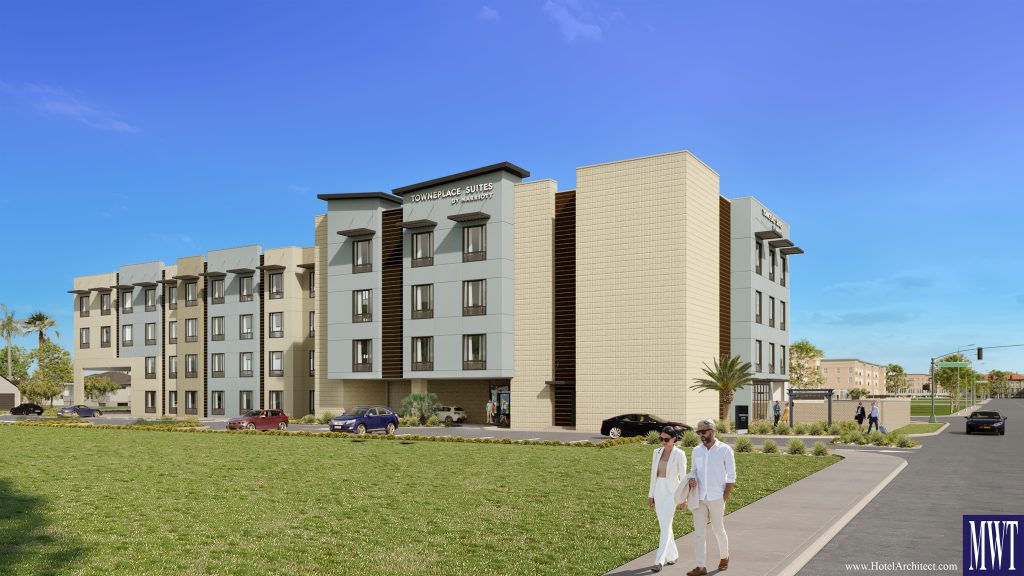As the world becomes more connected, the demand for travel has increased significantly, and travelers’ expectations are evolving. In response, hotel architecture is adapting to create spaces that meet the changing needs and preferences of travelers. Mark Tiedemann, a hotel and resort architect from New York, offers his insights on how hotel architecture is evolving and how it will shape travelers’ enjoyable expectations and experiences.
The Rise of Experience-Driven Design
Tiedemann notes that experience-driven design is becoming increasingly important in hotel architecture. Today’s travelers seek more than just a comfortable bed and a clean room. They want to feel immersed in the local culture and to have unique experiences that they can’t find anywhere else. As a result, hotels are placing greater emphasis on experience-driven design that incorporates the local environment and culture into the guest experience.
Tiedemann has observed that hotels are increasingly designing their buildings to reflect local architectural styles, using locally sourced materials, and showcasing local art and culture. This creates a sense of place that immerses guests in the local environment, making their stay more memorable and enjoyable.
The Blurring of Work and Leisure
With the rise of remote work, more and more people are working from anywhere, including hotels. As a result, Tiedemann notes that hotel architecture is adapting to accommodate guests who need to work while they travel. This means hotels are increasingly providing flexible workspaces and creating areas that can be used for both work and leisure.
For instance, hotels are designing their lobbies to serve as co-working spaces, equipped with charging stations, comfortable seating, and high-speed Wi-Fi. Some hotels are even adding private work pods, allowing guests to work in a quiet and secluded environment.
Sustainable and Eco-Friendly Design
Tiedemann also notes that sustainability is becoming an increasingly important consideration for both travelers and hotel operators. As a result, hotels are incorporating eco-friendly design elements into their buildings, such as green roofs, rainwater harvesting systems, and solar panels. This not only benefits the environment but also enhances the guest experience by creating a healthier and more comfortable indoor environment.
The Use of New Materials and Adaptive Reuse Conversions
According to Tiedemann, hotels are also exploring the use of new materials to enhance the guest experience. For instance, hotels are using sound-absorbing materials to reduce noise pollution and improve the quality of sleep for guests. Hotels are also experimenting with the use of biophilic design elements to create a sense of connection with nature and improve the indoor air quality.
Tiedemann also notes that adaptive reuse conversions of older buildings to hotels are becoming increasingly popular. By repurposing existing structures, hotels can create unique and memorable experiences for their guests. This also helps preserve historic buildings and reduce the environmental impact of new construction.
The Role of Technology
Tiedemann emphasizes that technology is also transforming hotel architecture and the guest experience. Hotels are increasingly using smart technologies to create more personalized and convenient experiences for their guests. For instance, hotels are using mobile apps to allow guests to check in and access their rooms using their smartphones. Hotels are also using technology to personalize the guest experience by using data to anticipate and meet guests’ needs.
In conclusion, hotel architecture is evolving to meet the changing needs and preferences of travelers. From experience-driven design to sustainable and eco-friendly elements, hotels are increasingly incorporating features that make the guest experience more enjoyable and memorable. With the rise of remote work and the blurring of work and leisure, hotels are also adapting to meet the needs of guests who need to work while they travel.



